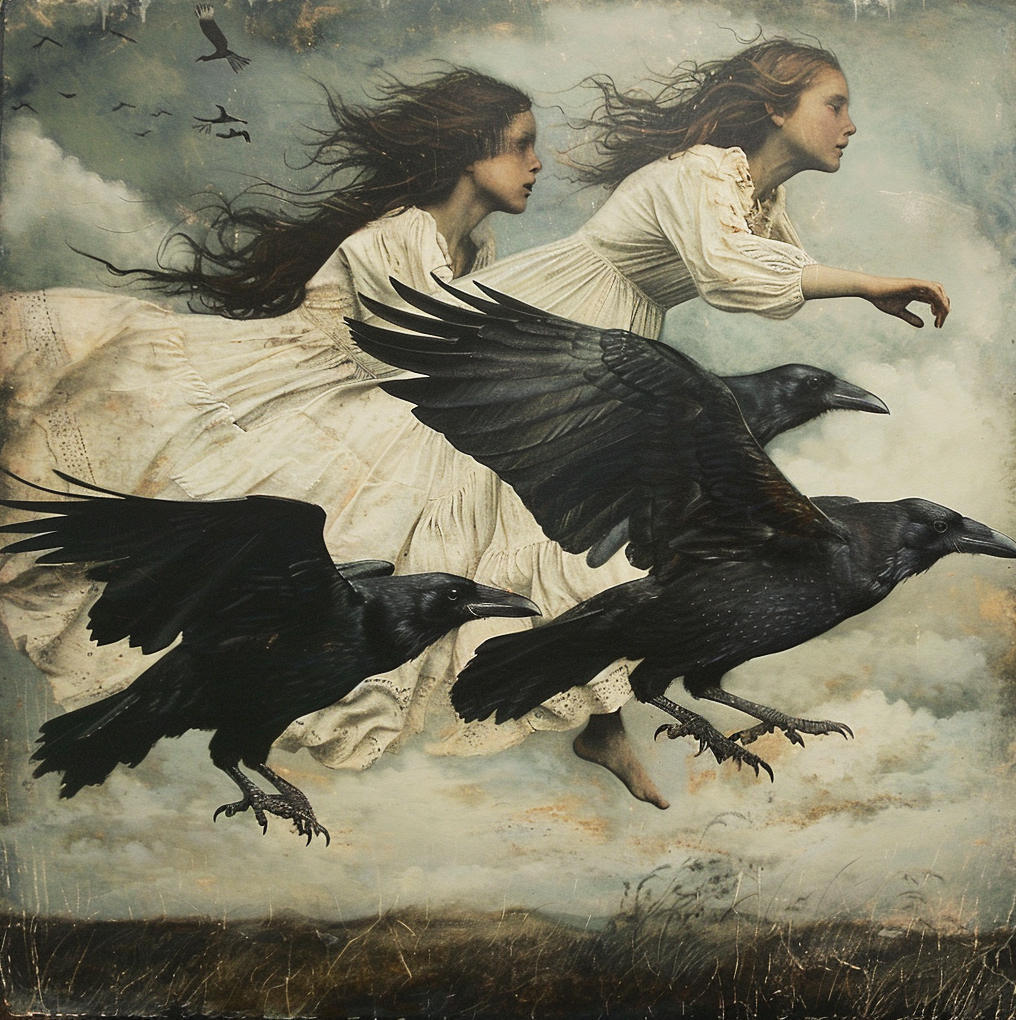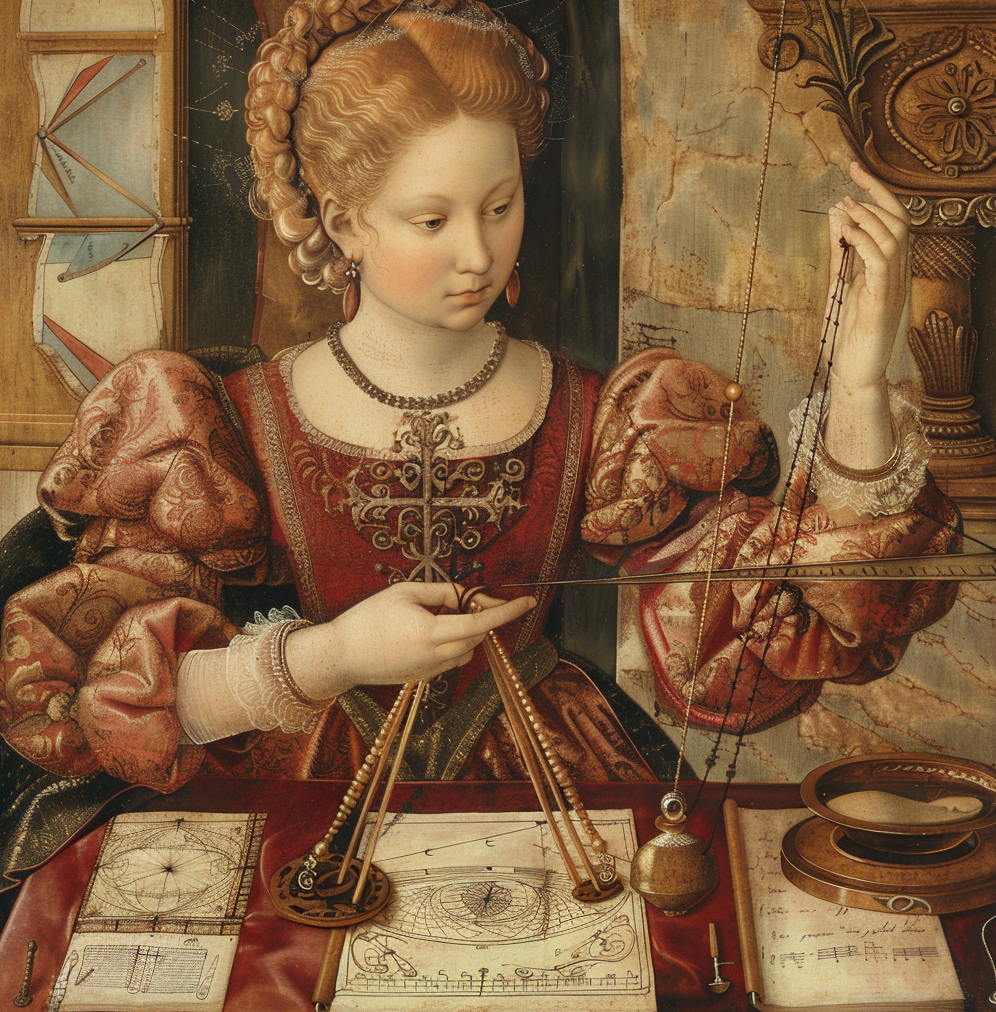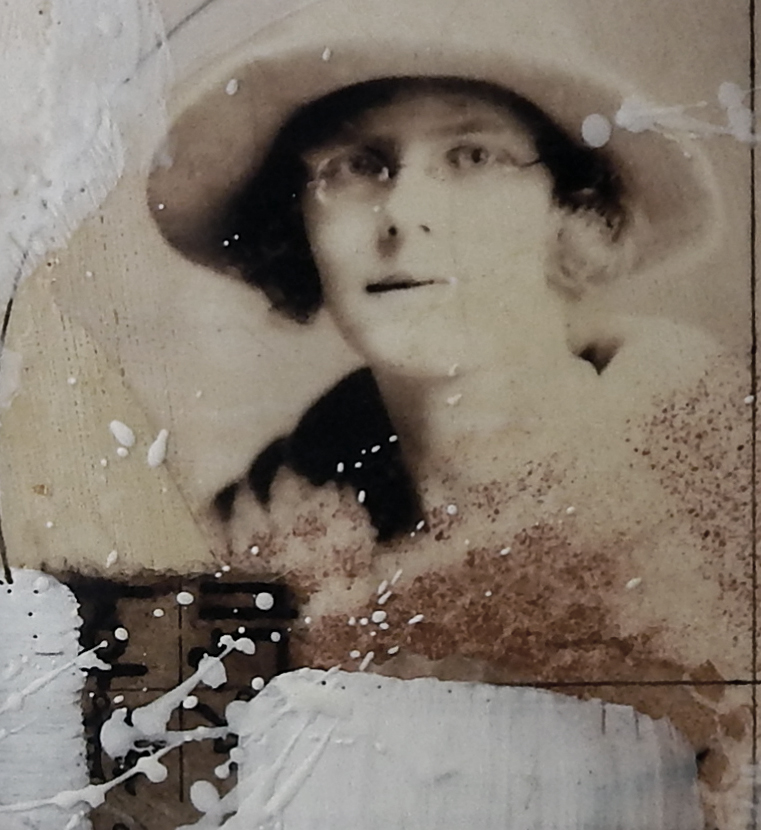
“If we see three black crows, we will gain the power to fly . .”
A long time ago, I did a practicum in an inpatient psychiatric hospital for children as part of my post-grad Special Ed certification. That’s where I first heard the clinical definition of Magical Thinking. Psychologists define it as the belief that thoughts or actions can influence events in ways that defy logic.
We usually think of magical thinking as something we’re meant to outgrow. As children, we believed our thoughts could make things happen — if we wished hard enough, if we didn’t step on cracks, if we crossed our fingers just right. I have to say that I still hang on to that, because in the studio, it can be an interesting source of insight.
A bit of “magical thinking” allows us to trust the invisible steps of the process: that one step will lead to another, that an image will unfold as it’s meant to, that meaning will appear when we stay open to it. We let imagination do the work that logic can’t always reach.
And honestly, I still do it outside the studio too. I’ll catch myself thinking, “If that stoplight doesn’t turn red before I get to it, that means I’ll get into the juried show.” Or “If the cat jumps on the table before I finish this email, it’s a sign I should change the title.”
It’s funny, but I suspect I’m not the only one.
This isn’t superstition. It’s pattern recognition — an intuitive attunement to the subtle cues that guide creative flow. Artists notice coincidences, accidents, and repetitions, and interpret them as meaningful rather than random. That interpretive act — seeing meaning where others see chance — is our version of magic.

When practiced consciously, this kind of thinking deepens our connection to both process and perception. It reminds us that artmaking is not only about control but about collaboration — with materials, with time, with uncertainty itself. We may not believe that the brush has a will of its own, but we do believe that if we listen closely enough, it will show us something we didn’t expect. Did you ever try mark-making with your non-dominant hand or with your eyes closed? Do you ever choose an Oracle card?
Even neuroscience nods to this kind of enchantment. Studies show that creativity lights up the brain’s default mode network — the same system that activates when we daydream, imagine, or find patterns in randomness. So when we follow an intuitive hunch in the studio, it’s not superstition. It’s the mind’s natural way of finding meaning in chaos.
In that sense, magical thinking isn’t about bending reality. It’s about perceiving more of it — noticing the signals, patterns, and echoes that point the way forward when reason alone runs out of language.

Magical, 2021
Maybe the real magic is that moment when everything suddenly feels connected — when a found object, a stray mark, or a line of color speaks back to you and says, yes, this belongs, when an answer magically appears. Remember the original Pendulum Post from Ireland? Real-life example!
For fun, checkout my Substack post – there’s an “artist-brained” guide to magical thinking – and thanks for reading!

I so enjoy these posts. My sister Gay is now a big fan as well. She is fascinated by tarot and loves your take on the topic. I just love you! I happened to see the interview w Rick the other night and loved hearing him say that Percy is a San Antonio boy, born and bred so to speak. Had to share that news with Benjamin!
Thanks, Pam – and thank your sister, too! I missed that interview with Rick -glad he hasn’t forsaken his hometown! So proud of your talented granson♥♥♥
What a beautiful reflection. Lyn, you know you are part of that magic for me. Your creations, instruction, and blog came to my notice just when I most needed them. It’s all about awareness and following the intuitive signposts along the path. Thank you again for being part of a very creative 2025!